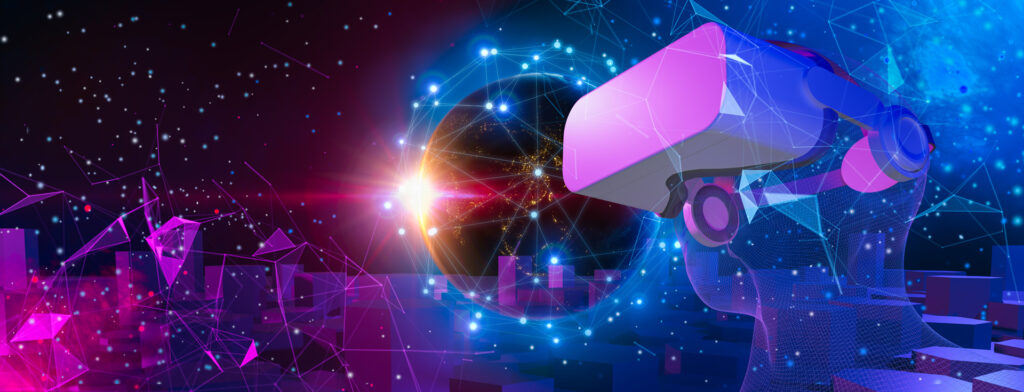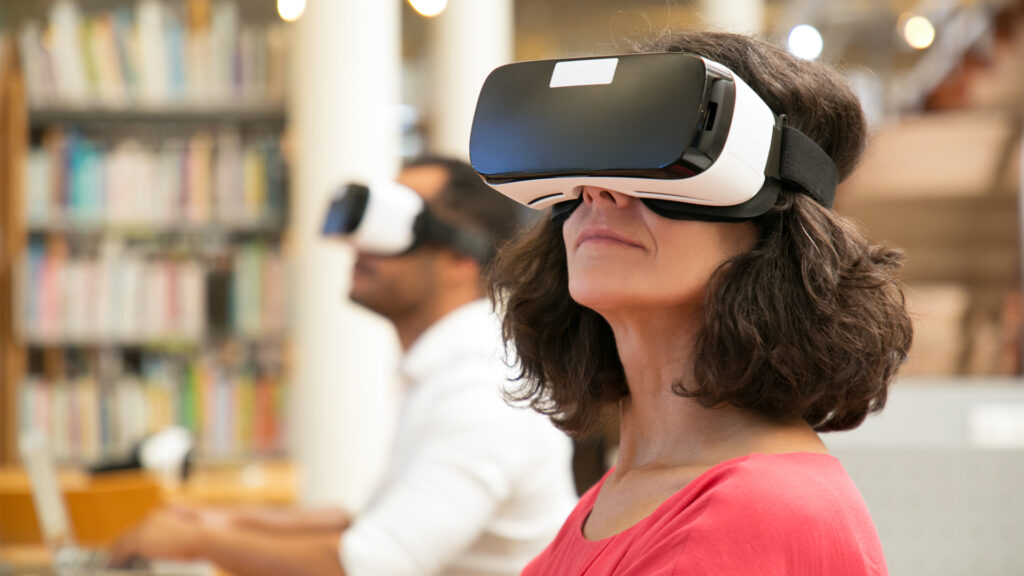What are the benefits of bringing VR + AR to events?
Bringing VR and AR to events enhances the overall attendee experience and offers new possibilities for engagement. Because these cutting-edge technologies are highly engaging, attendees are far more likely to remember your company over your competitors.
Companies can use VR and AR to showcase products or services in innovative ways. Virtual product demonstrations, interactive 3D models, and augmented reality overlays can provide a more dynamic and memorable presentation.
For example, you can take prospects on a virtual tour of your factory, offices, site or the home of your existing customers to showcase the benefits you provide.
Or you might want to offer hands-on training sessions or workshops that enable attendees to participate and make their interaction with you more memorable than anyone else at the event.
You can also add interactive elements. AR can be used to overlay data and information onto the physical environment, providing attendees with real-time insights and analytics. This can be particularly beneficial for industries where data visualisation is crucial, such as the medical industry, finance or analytics.
If you are promoting a range of products, prospects can interact with a VR simulation and try before they buy. VR and AR allow for personalised experiences. Attendees can customise their interactions based on their preferences and interests, creating a more tailored and relevant event experience.
Subsequently, virtual and augmented reality can make events more accessible to a wider audience than you might ordinarily reach. Rather than taking multiple items and products with you in their physical format, you can allow attendees full access to your range of products and services through a single headset and interactive booth.
It’s also worth noting that VR is a powerful tool for storytelling. Businesses can use VR to immerse attendees in narratives, delivering content in a more impactful and emotionally engaging manner.
You can also use VR and AR to host live events in a virtual environment. This is an ideal scenario for global events. VR can reduce the need for extensive travel and associated costs.
Because attendees can participate in virtual events from anywhere in the world, broadening the reach of the event without the logistical challenges of physical attendance is easier and more convenient for everyone. Not only that, but your competitors are not there causing a distraction.












